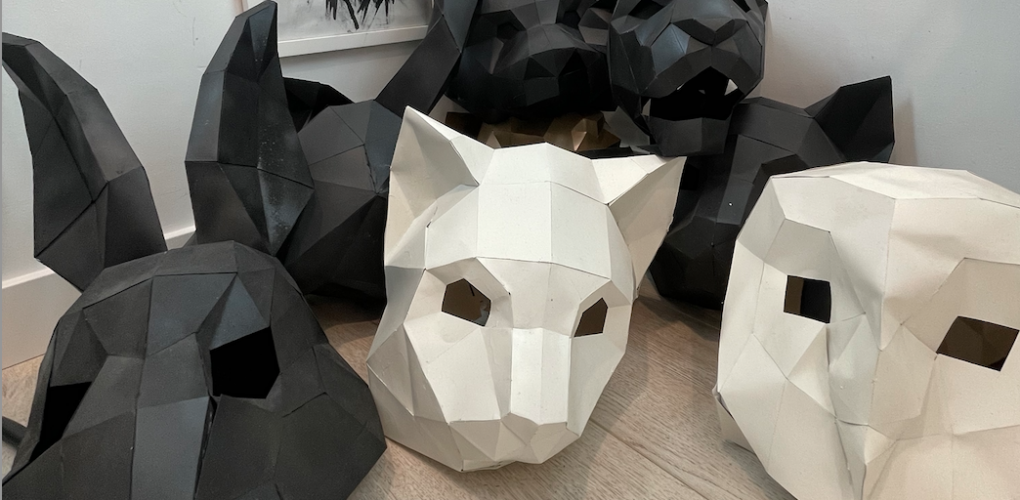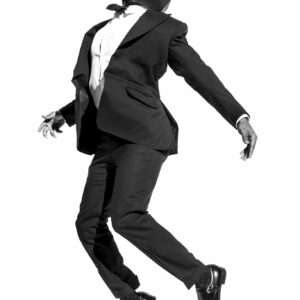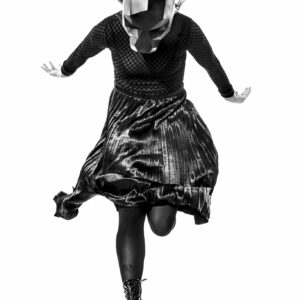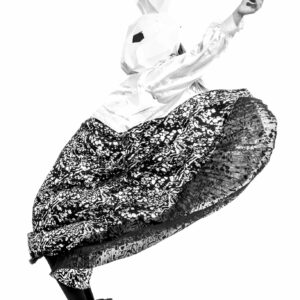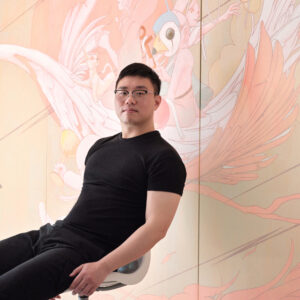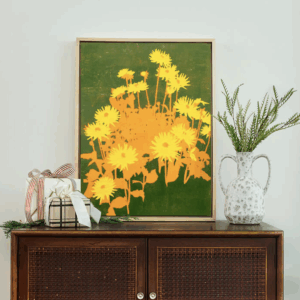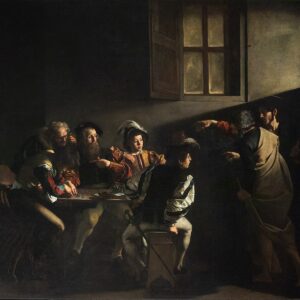The Other Art Fair
From Scrubs and Crime Scenes to Dark Rooms and Dancers
This photographer has experience on both sides of the lens. Charles Michael Davis has an expansive career modeling, acting (for all you Grey’s Anatomy, The Originals and NCIS fans, form an orderly queue), producing and directing. He’s now ready to add ‘renowned artist’ to that list, and where best to hard launch your work than The Other Art Fair’s Los Angeles edition this spring? Ahead of your visit, we got the inside scoop from Charles on photography and living your freest life…
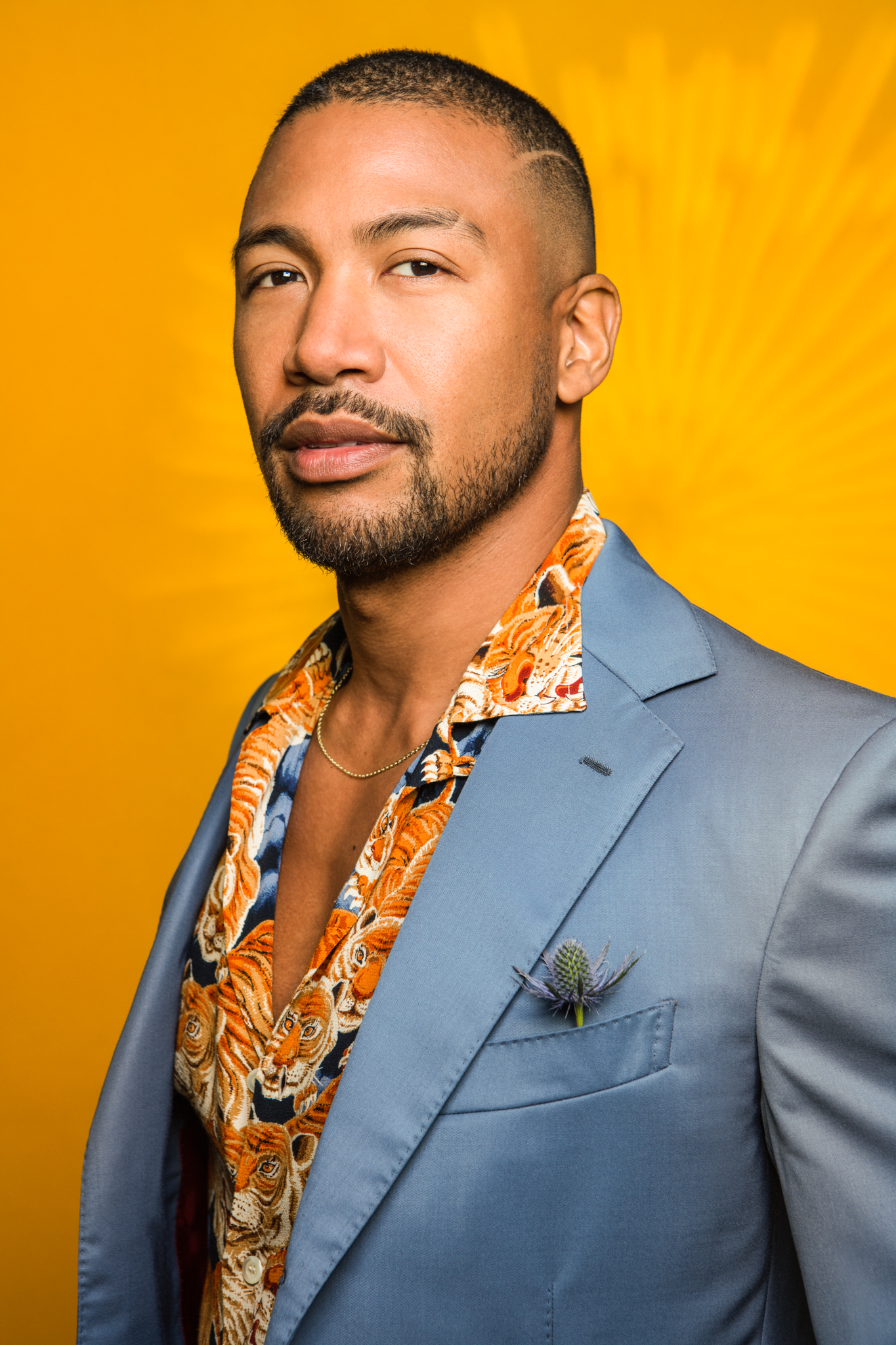
Image: Valentina Socci
Are you looking forward to your first ever exhibition, and why choose The Other Art Fair for your launch?
I’m definitely looking forward to this experience. The planning and coordinating has consumed my imagination and given me a new creative task.
I chose The Other Art Fair because I had been a visitor in the past and even had a friend exhibit a couple of times. I got to see that the fair was very encouraging of new artists while also having a high level of professionalism. This made the idea of participating seem possible even though I’ve never done anything like this before.
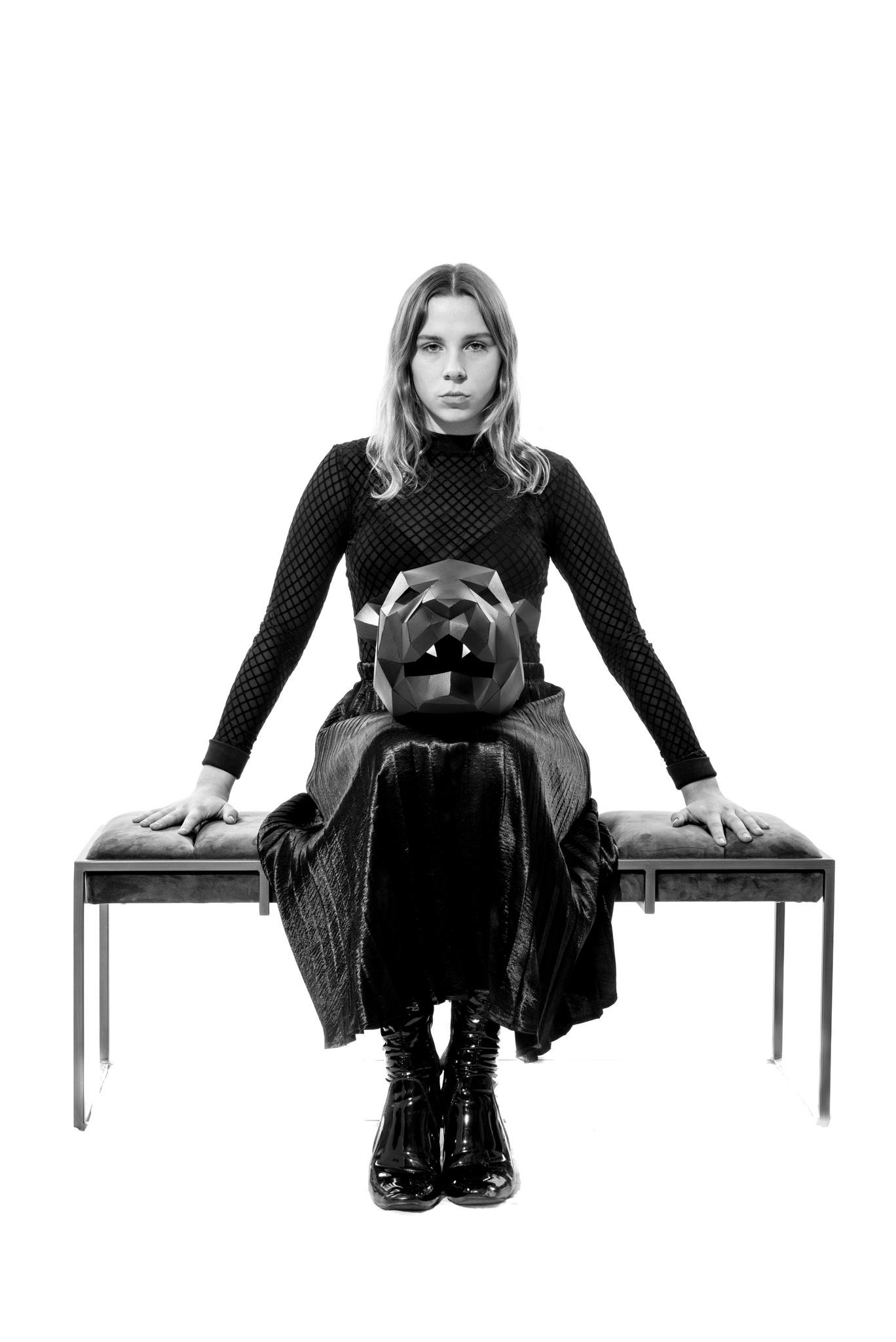
When were you introduced to photography as a medium, and what draws you to it?
A friend on the track team at college suggested I take a photography course and spoke so poetically about his experience. Up till then the only artistic thing I ever did was draw. I won a few drawing competitions when I was a kid but at that point in my life it was all about sports. He also mentioned how he asked a girl he was crushing on to model for him, and that turned into a date, so that was a big selling point.
I took the class and loved it! The teacher thought I had some natural talent and encouraged me to stick with it. I collect photography as well now and its clear to see that certain photographers are drawn to certain images and it’s just part of their nature so it’s just as revealing as singing, dancing, or acting. I guess that’s what draws me to it as well – self expression.
I loved the solitude of working in a dark room, and I loved what the photos actually revealed about myself.
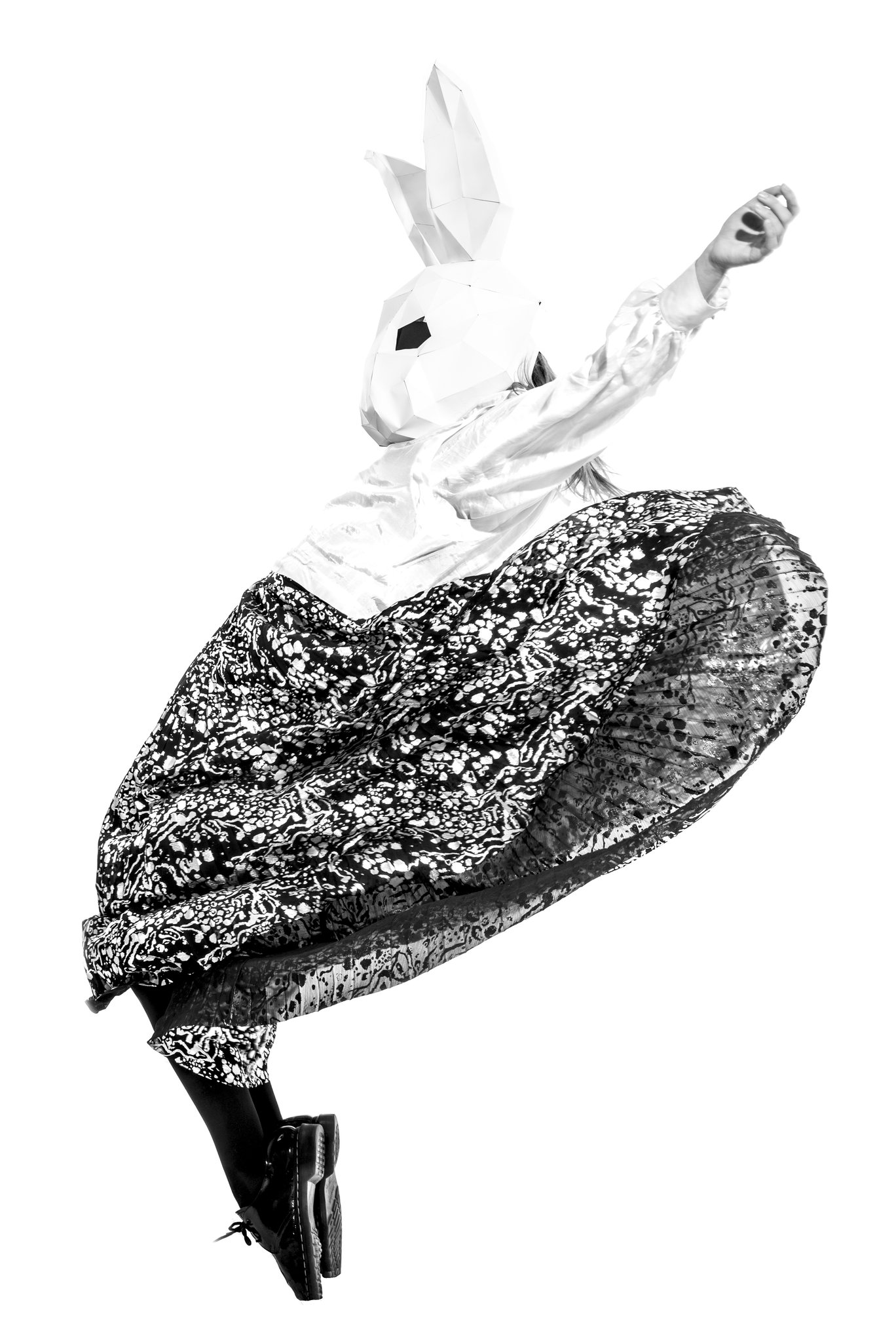
Your latest series ‘Wild At Heart’ involves energized masked dancers leaping across the frame. Can you tell us a little about the series and what viewers might take away from the work?
Well, this series was inspired by Robert Longo’s “Men In the Cities” and by a poem from Tennessee Williams titled “A Prayer For the Wild of Heart”. I loved how Longo photographed dancers in the cities and then converted the images to charcoal on paper. The work is large and pretty haunting. I took that and decided to pair it with this poem by Williams after I saw a photo of a nude model wearing a paper animal mask. In that photo the mask was such a powerful symbol but the model was static. I thought it would be even more powerful to get dancers to wear the masks and translate their interpretation of the poem through movement.
I think the masks allow a safety, a shield, to take on the essence of the animal, giving the dancers even more freedom to express themselves.
I hope it reminds viewers that we all have a nature within us that yearns to break out, to exist, to feel, to live free.
As Angelina Jolie said in Harper’s Bazaar 2019: I have a tattoo, “A prayer for the wild at heart kept in cages.” I got it when I was 20. I was with my mom one evening, and I was feeling lost. I was restless—always. I still am. We were driving to dinner, and she talked about spending time with Tennessee Williams and how much she loved his words. She told me he wrote that, about the wild at heart. We drove to a tattoo parlor, and I got it inked on my left arm. I see so much beauty in other people. Not when they are pretending to be something other than their true selves. Not when they are harming others. Not when they lie. But the wild ones. The emotional, open, searching ones, longing to be free. The honest ones. Because anything else is a cage impossible to live in.
How are the animal masks constructed?! They’re iconic.
The animal masks are constructed from card stock. Originally it took me 4 hours to construct one flimsy mask, but after choosing the right paper and adhesive, I got it down to 2 to 3 hours. Once constructed I spray painted them and found a nice sheer black fabric to cover the eye holes so the dancers could still see but have their own eyes hidden. The masks are delicate but I might bring one or two for the Fair.
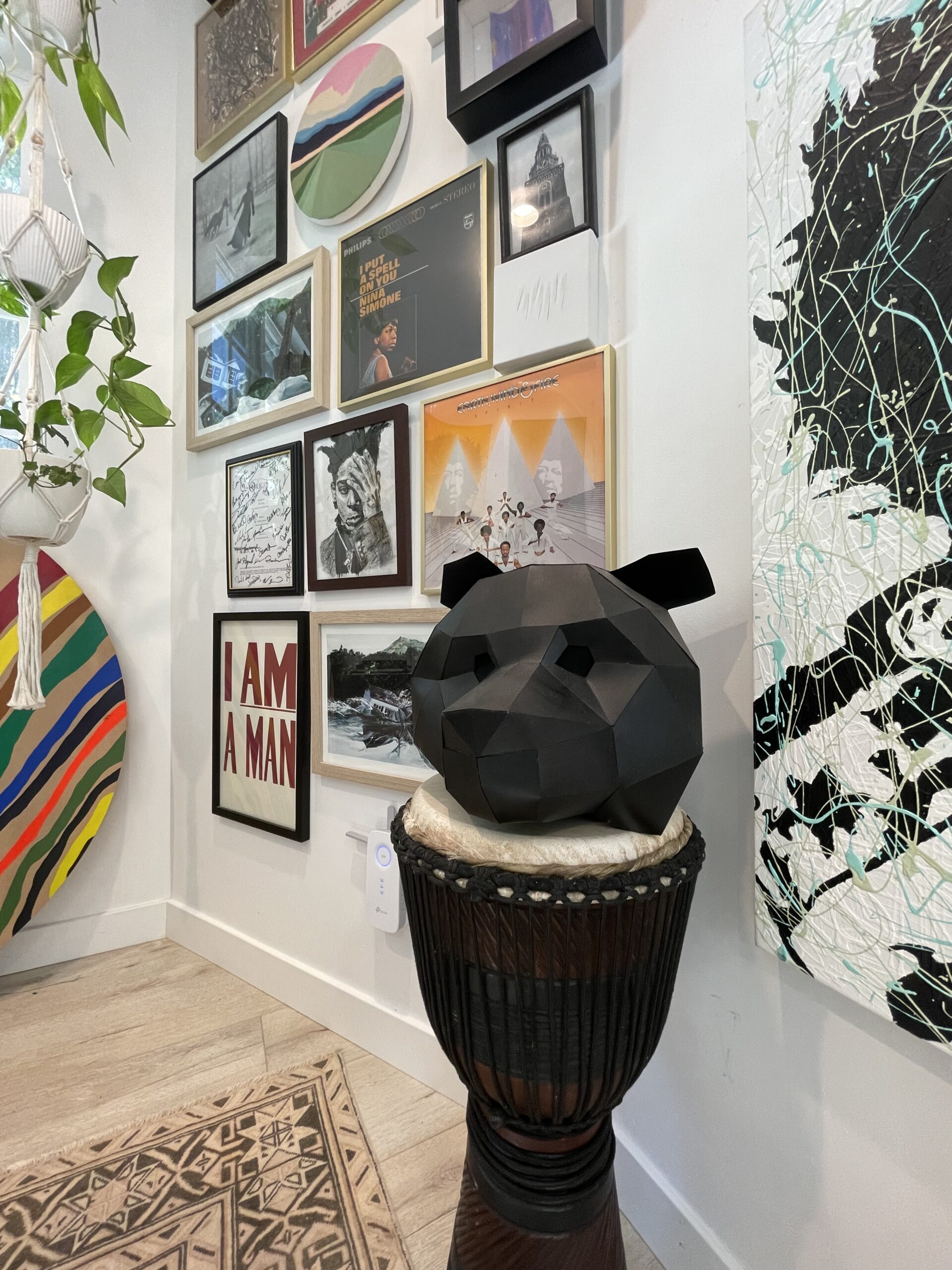
What have you learned from being in front of the camera that informs being behind it in your practice?
My experience being in front of the camera taught me how to give a model/dancer direction. Knowing how focused and even self conscious I was in front of a camera taught me that it’s very important to direct, and give notes in a constructive way that keeps the model confident and creative. It’s the best when you’re just trying to catch moments rather than manufacture them. Of course I learned many many things about the technical aspects of a camera, about how to give the editor multiple options, and other things like 2 to 3 hours max of shooting or else people get tired and bored, especially if there’s no food on set, haha.
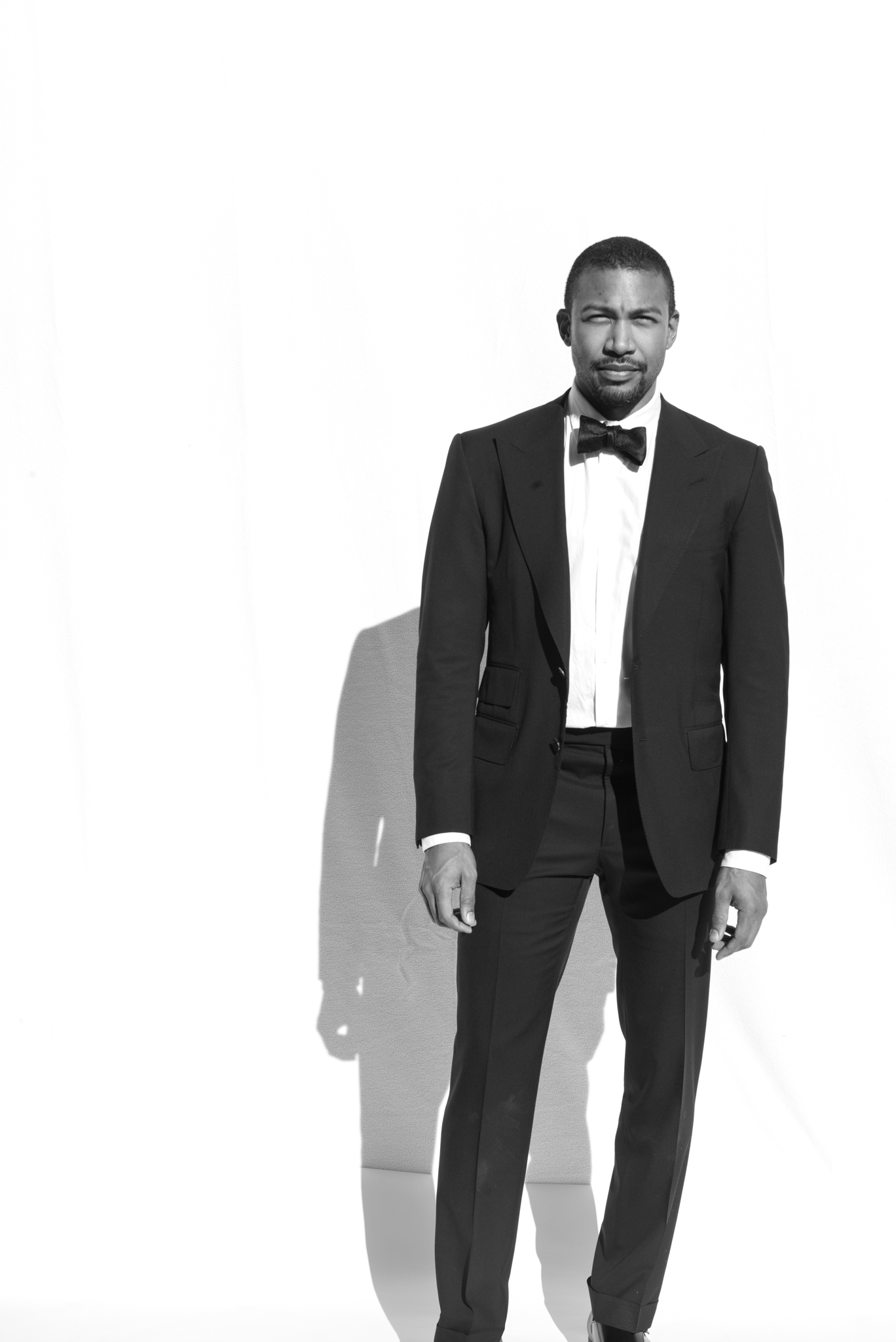
With the digital world constantly evolving, where do you see photography and specifically your practice in the future?
For me the fact that it’s evolving and has been rapidly over the past few years has made me seek simplicity. That’s part of the reason I went back to black and white. Managing color, processing, and photo manipulation was getting too complicated for me and I found it paralyzing. I admire photographers like Henri Cartier Bresson who mostly shot with a 50mm lens or Brigitte Lacombe who shoots minimalist black and white portraits. They found something simple and stuck with it and created their own signature style. For now I plan to expand this series with a few more animals, and when I’m done with that I’ll wait till I’m gripped by the next idea.
Visit Michael’s booth at The Other Art Fair LA from 30 March – 2 April.
